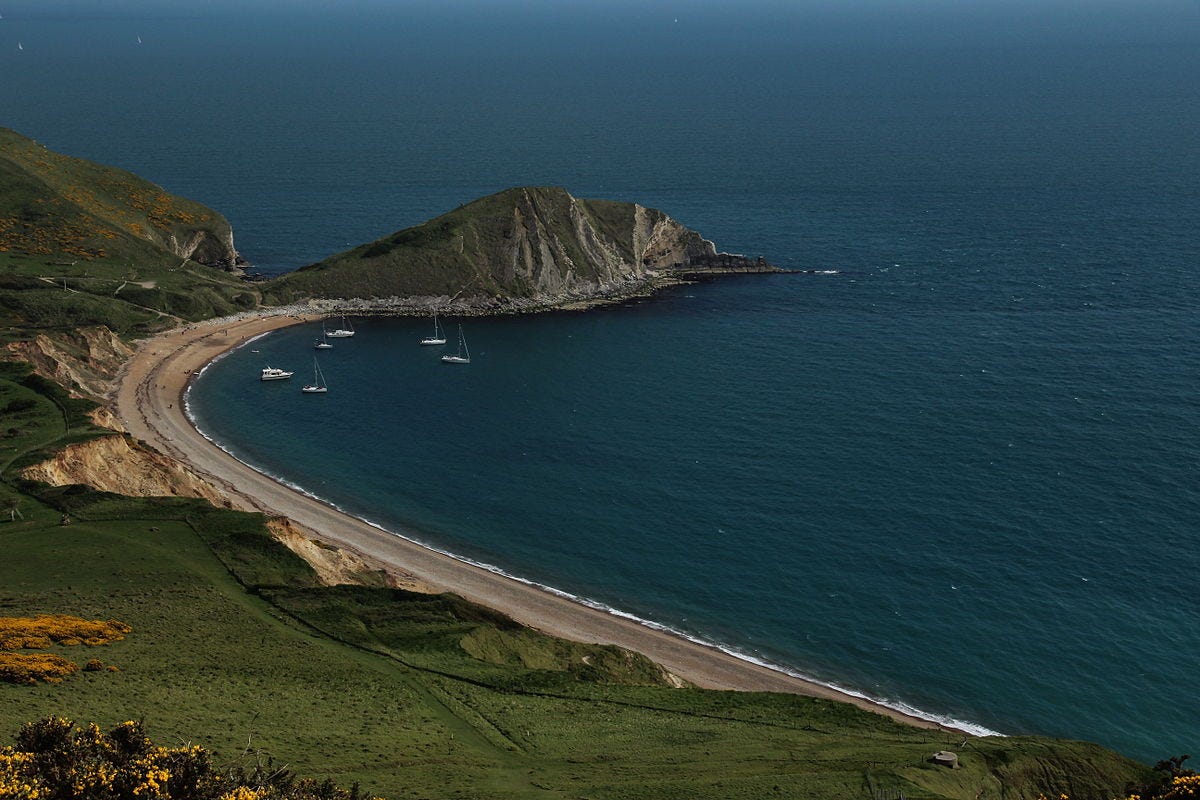Blog
A Confluence of Funerary Practices
 By Bermicourt — Own work, CC BY-SA 4.0, https://commons.wikimedia.org/w/index.php?curid=37502478
By Bermicourt — Own work, CC BY-SA 4.0, https://commons.wikimedia.org/w/index.php?curid=37502478
Separated by more than a thousand years and at least as many miles, two authors in vastly different cultures nevertheless described strikingly similar treatments for their heroic dead. The earliest of the two appears in Book 7 of The Iliad, where Hector is issuing his challenge for single combat to the Achaeans.
“But if I kill him and Apollo grants me glory,
I’ll strip his gear and haul it back to sacred Troy
and hang it high on the deadly Archer’s temple walls.
But not his body: I’ll hand it back to the decked ships,
so the long-haired Achaeans can give him full rites
and heap his barrow high by the Hellespont.
And some day one will say, one of the men to come,
steering his oar-swept ship across the wine-dark sea,
‘There’s the mound of a man who died in the old days,
one of the brave whom glorious Hector killed.’
So they will say, someday, and my fame will never die.”
Compare with Beowulf’s deathbed instructions and note the distinct similarities.
“Order my troop to construct a barrow
on a headland on the coast, after my pyre has cooled.
It will loom on the horizon at Hronesness
and be a reminder among my people —
so that in coming times crews under sail
will call it Beowulf’s Barrow, as they steer
ships across the wide and shrouded waters.”
I have little to offer in the way of commentary here. Both accounts must be products of militaristic sea-faring cultures who also burn their dead before burial, and the intent, though directed quite differently and provided in different contexts, is to honor fallen heroes. That the details between the two match so precisely is of mild curiosity to me.